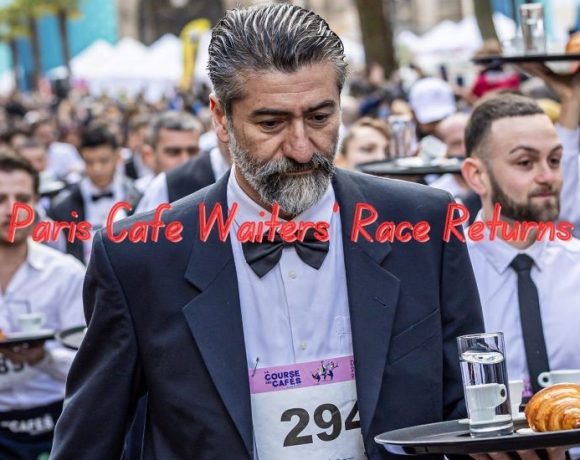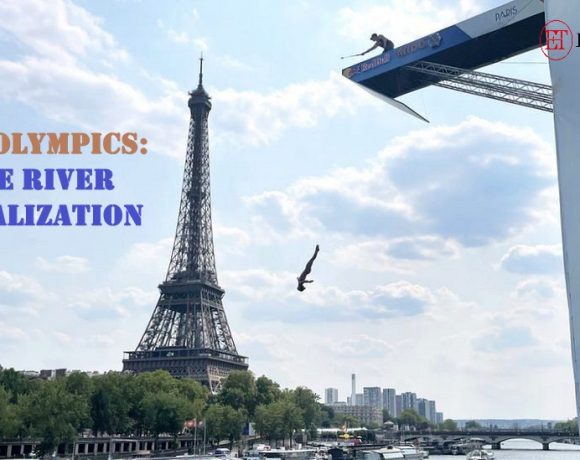
The iconic Parisian event known as the Café Waiters’ Race, where service staff speedily navigate through the city while balancing trays of hot drinks and croissants, has made a triumphant return after a hiatus since 2011.
Originating in 1914 as the Course Des Café, this tradition has seen nearly 300 Parisian waiters, donned in their work attire, racing a 1.2-mile course to and from the city hall adjacent to the Seine river. The challenge mandates participants to carry the tray, laden with a quintessential French breakfast of coffee, croissant, and water, with precision and poise, ensuring not a single drop is spilled. Upon reaching the finish line, judges meticulously inspect trays for any spillage.
This year, Samy Lamrous claimed victory in the men’s category, completing the course in a swift 13 minutes and 30 seconds, while Pauline Van Wymeersch triumphed in the women’s division with a time of 14 minutes and 12 seconds. Both winners were honored with medals bestowed by the Mayor of Paris, Anne Hidalgo, along with a complimentary night’s stay in a luxurious hotel.
Eau de Paris, the city’s water authority and the event’s sponsor, expressed their delight, stating, “This Sunday, nearly 300 waitresses and waiters took on an original challenge in the heart of Paris and brought a legendary event back to life! Here are the medal-winning athletes. Congratulations to all!”
While the Parisian race holds historical significance, similar events were once popular in London and Berlin. However, the inaugural race in 1914 cemented Paris as its birthplace. Following a pause in 2011 due to sponsorship issues, other French towns like Marseille continued the tradition, keeping the spirit alive.
Picture Courtesy: Google/images are subject to copyright

